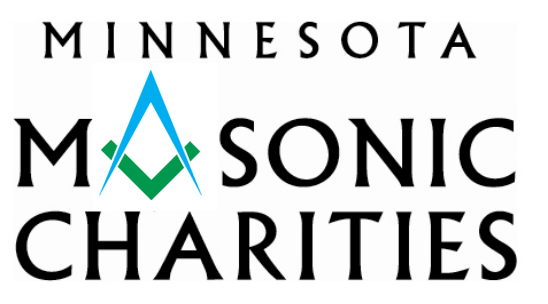Most of us at one time or another have heard the phrase, less is more. While we might easily come up with several instances in which this saying might apply, one that doesn’t probably make the top of the list is helping toddlers learn to talk.
The logical conclusion is that the more we talk, the more they will talk, right? Maybe not. While children do need us to talk to them, the tendency can be to bombard our toddlers with so much talking that they don’t get a chance to use their words or imitate ours. When we speak in long complicated sentences our children lose interest because they don’t understand what we are saying and when they lose interest they’re not learning to communicate. Children learn to talk by listening to and repeating what we say so it’s important that we demonstrate sounds, words, or phrases that they are capable of repeating. The more they repeat and imitate, the more they are learning to communicate. If your child is only using one or two words at a time such as “more cookie”, “car go”, or “bye-bye”, try talking to them using sentences that are only a bit longer than what they can already say. When you do this, you are talking at your child’s level and are helping them to understand language and express themselves.
Nancy Johnston, M.S., CCC-SLP
Speech/Language Pathologist







